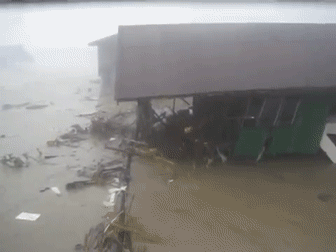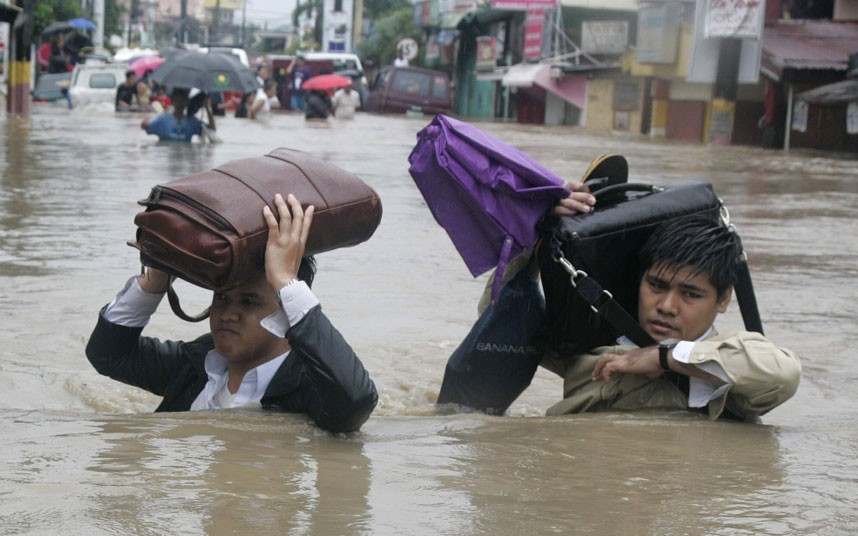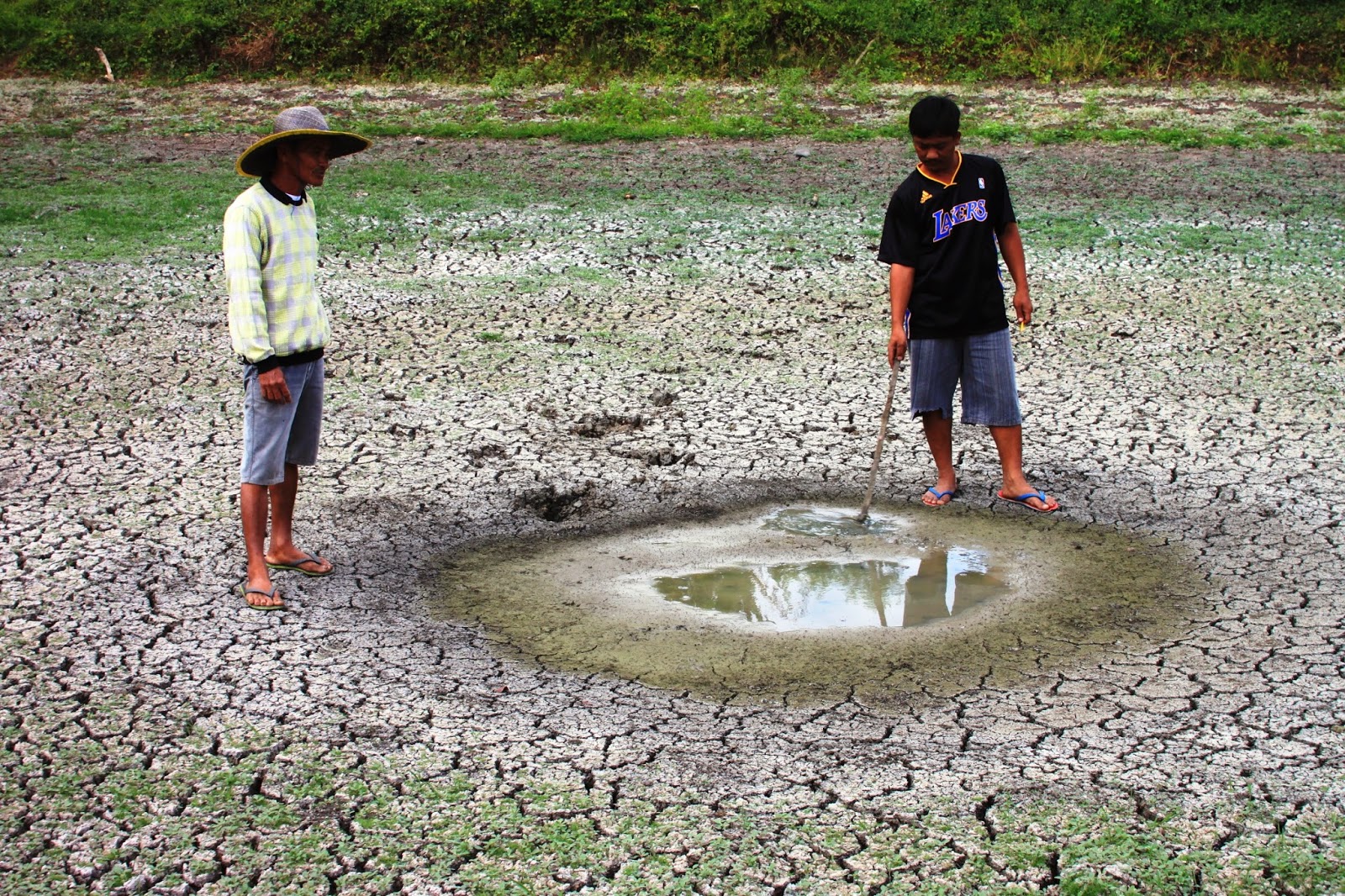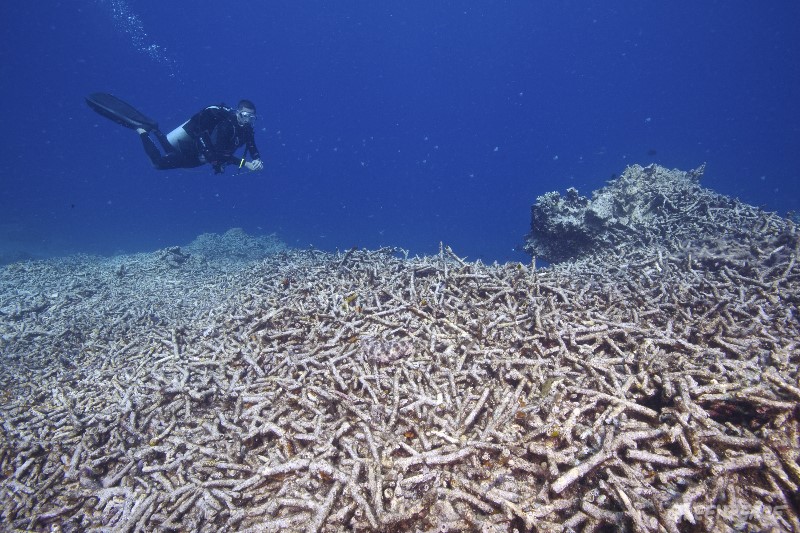Al Gore’s Climate Change Warnings for Filipinos
Mar 16, 2016 • Natz Frialde

Mar 16, 2016 • Natz Frialde
 Al Gore’s Climate Change Warnings for Filipinos
Al Gore’s Climate Change Warnings for FilipinosBeing in the so-called typhoon belt in the Pacific, the Philippines is visited annually by an average of 20 storms (at least 5 are devastating) and tops the list of countries with the most number of weather-related disasters. Sadly, this hasn’t changed the pig-headedness of some Filipinos when it comes to preparing for calamities.
Now, most of the world is faced with the catastrophic effects of global warming. And no less than Nobel peace laureate and former United States vice president Al Gore—clearly one of the most prominent environmental activists today—has personally sounded a warning to Filipinos: Address global warming, adapt to climate change because these can and will happen:

Filipinos need to brace for stronger typhoons like Ondoy and Yolanda as ordinary storms tend to form into super typhoons when they pass over oceans that are warmer than average by 3 degrees Celsius.

Coastal communities and cities are in danger of being wiped out by rapidly rising sea levels brought about by thermal expansion and the melting of glaciers, polar ice caps and ice masses in Greenland and Antarctica. “In the Philippines, the rate of sea-level rise is projected to be two or three times faster. At least 13.5 million Filipinos, may have to relocate to higher elevation,” Gore said.

While most parts of the Philippines will experience knee-deep flood water, Gore warns of drought in other parts of the country. “The same heat that evaporates water off the oceans also sucks the soil moisture out of the first several centimetres of the soil and makes the drought deeper,” said Gore, explaining how extreme flooding and drought can both happen in the Philippines at the same time. Like floods, droughts can also trigger food and water shortages, pandemic diseases and displacement of communities.
The on-going climate crisis can also affect the country’s food production as new research has shown that crops, such as corn, are sensitive to heat and yields tend to go down with the rise in temperatures, while rice yields are affected by night time temperatures. “Cassava is also besieged by a number of invasive pests connected to the climate crisis and the level of nutrients in food crops are diminished by high concentrations of carbon dioxide,” Gore warned.
Gore warned that up to 2.5 million Filipinos could be at risk of hunger by 2050 as climate change could reduce per capita consumption of grains by 24 percent and fruits and vegetables by 13 percent

With the global rise in temperature of just 1 degree Celsius, more species are at risk of being wiped out. “We are in danger of losing fifty percent of all species in this century. The Philippine Eagle, your national bird, is now critically endangered,” Gore said.

Gore warned that with the continuous man-made global warming phenomenon, fishermen’s catch may dwindle in the next couple of years. “By 2050, warmer waters in the southern Philippines have the potential to decrease the fish catch by 50 percent,” said Gore, adding that ocean-based species such as marine vertebrates have declined by 49 percent on average in the last 50 years.
The country’s continued dependence on coal-fired power plants could greatly contribute to worsening man-made carbon pollution. Goreexplains that by switching to clean, renewable energy such as those from geothermal sources, Filipinos could help mitigate the impact of global warming and climate change while addressing the nation’s growing need for power.
What are you going to do about it? Share your thoughts below!
Input your search keywords and press Enter.
